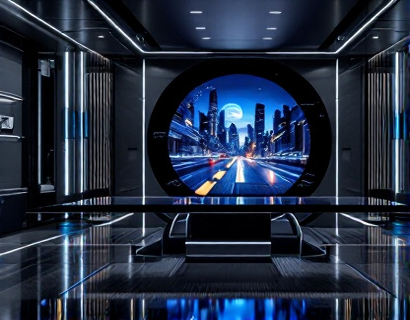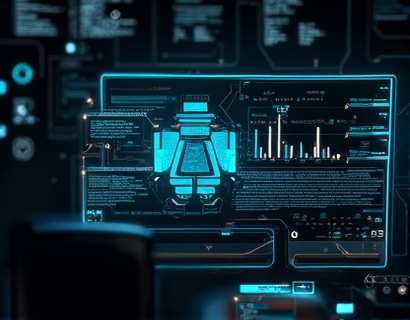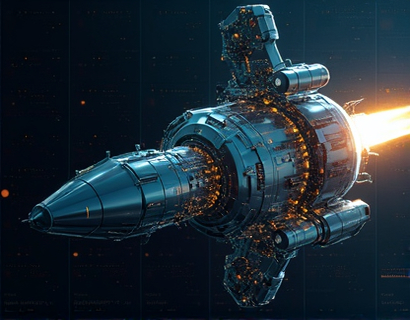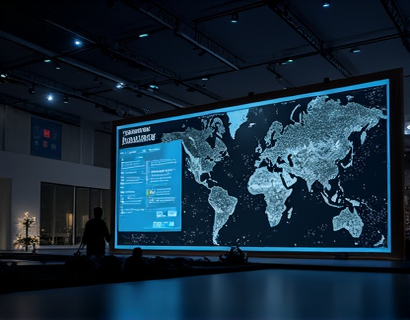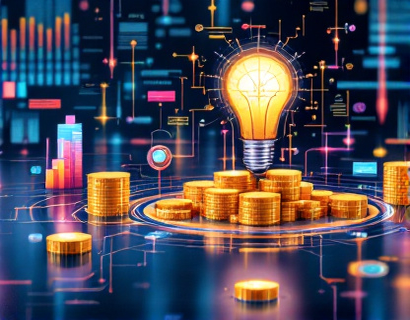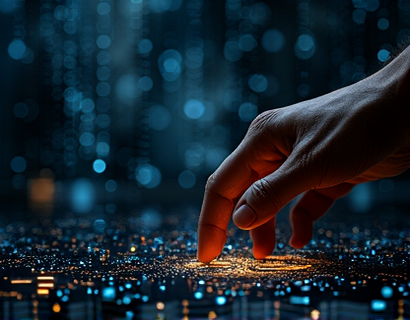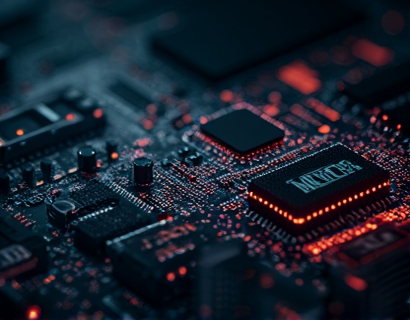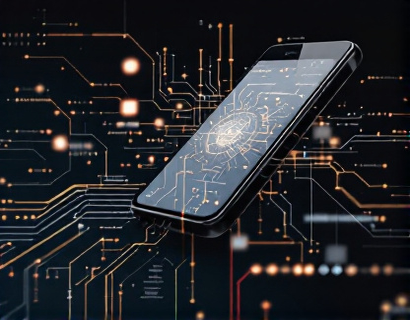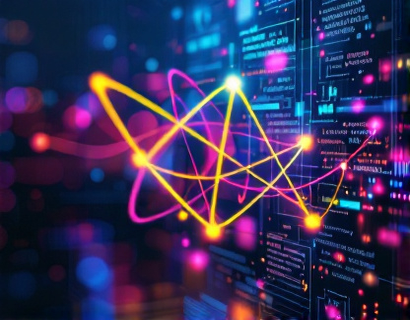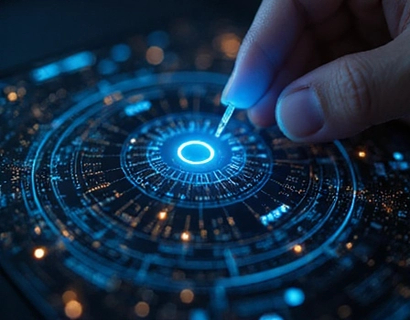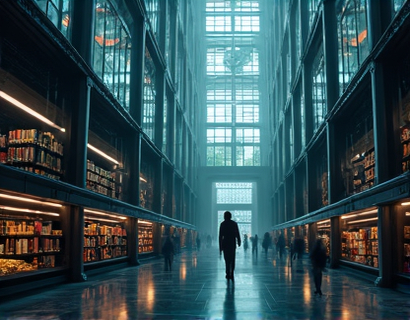Decentralized Transformation: Harnessing AI and Crypto for Revolutionary Digital Solutions
The intersection of artificial intelligence (AI) and cryptocurrency is giving rise to a new era of decentralized digital solutions. This transformation is not just about technological advancements but a fundamental shift in how we perceive and interact with digital services. The merging of AI and crypto is creating a powerful synergy that enhances user experience, boosts engagement, and redefines the landscape of interconnected applications and services.
Decentralized systems, by their very nature, distribute control and decision-making across a network, eliminating the need for central authorities. When AI is integrated into these systems, the potential for innovation becomes immense. AI's ability to process vast amounts of data, learn from patterns, and make intelligent decisions complements the transparency, security, and autonomy offered by blockchain technology.
Enhancing User Experience through AI and Crypto
One of the most significant benefits of combining AI and crypto is the enhancement of user experience. Traditional centralized systems often struggle with scalability and performance, leading to slow response times and limited accessibility. Decentralized platforms powered by AI can dynamically adjust to user demands, ensuring smooth and efficient interactions.
For instance, AI-driven chatbots on decentralized platforms can provide 24/7 customer support, handling queries and resolving issues in real-time. These chatbots can understand natural language, learn from user interactions, and improve over time, offering a more personalized and seamless experience. The decentralized nature ensures that these services are not bound by geographical limitations, making them accessible to a global audience.
Security and Trust in Decentralized Systems
Security is a paramount concern in the digital world, and the combination of AI and crypto addresses this issue effectively. Blockchain's inherent security features, such as cryptographic hashing and consensus mechanisms, provide a robust framework for protecting user data and transactions. AI can further enhance security by detecting and mitigating threats in real-time.
Machine learning algorithms can analyze patterns and identify anomalies that may indicate fraudulent activities or security breaches. By continuously learning from new data, these algorithms become more effective at preventing attacks, ensuring that user information remains secure. This level of security fosters trust, encouraging more users to adopt decentralized solutions.
Decentralized Innovation and Next-Gen Digital Transformation
The integration of AI and crypto is not just about improving existing systems but about driving next-generation digital transformation. Decentralized innovation is paving the way for new paradigms in various industries, from finance and healthcare to supply chain and entertainment.
In finance, decentralized finance (DeFi) platforms are redefining traditional banking by offering decentralized lending, borrowing, and trading services. AI algorithms can optimize these processes, predicting market trends, managing risks, and personalizing financial products. This synergy creates more efficient, transparent, and accessible financial systems.
In healthcare, decentralized health records powered by AI can ensure that patient data is securely stored and easily accessible to authorized personnel. AI can analyze medical data to provide insights for diagnosis and treatment, while blockchain ensures the integrity and privacy of this sensitive information. This combination can lead to more accurate diagnoses, personalized treatments, and improved patient outcomes.
Ecosystems of Decentralized Applications
The concept of an ecosystem of decentralized applications (dApps) is central to the decentralized transformation. These ecosystems are built on blockchain platforms and leverage AI to create interconnected, interoperable services. Each dApp within the ecosystem can function independently while benefiting from the collective infrastructure and intelligence of the network.
For example, a decentralized social media platform can use AI to curate content based on user preferences, ensuring a personalized experience. At the same time, the platform can utilize blockchain to reward users for creating and sharing high-quality content, fostering a community-driven environment. The interoperability between different dApps within the ecosystem enhances user engagement and drives innovation.
Interoperability and Cross-Chain Solutions
Interoperability is a critical aspect of decentralized ecosystems. Different blockchain networks and dApps often operate in silos, limiting the potential of decentralized technologies. AI can play a pivotal role in bridging these gaps by developing cross-chain solutions that enable seamless communication and data exchange between different blockchain platforms.
AI-driven protocols can automatically translate and transfer data, smart contracts, and assets across chains, creating a more unified and efficient ecosystem. This interoperability not only enhances user experience but also accelerates the adoption of decentralized technologies by reducing barriers and fostering collaboration.
Challenges and Considerations
While the potential of AI and crypto in decentralized transformation is vast, there are several challenges and considerations that need to be addressed. Scalability remains a significant issue, as blockchain networks can struggle to handle high volumes of transactions. AI can help optimize blockchain protocols to improve throughput and reduce latency, but ongoing research and development are essential.
Regulatory uncertainty is another challenge. The decentralized nature of these technologies often conflicts with traditional regulatory frameworks. Striking a balance between innovation and compliance is crucial. AI can assist in navigating regulatory landscapes by providing insights and compliance tools, but human oversight remains vital.
Future Prospects
The future of decentralized transformation through AI and crypto is promising. As technology continues to evolve, we can expect more sophisticated and user-friendly decentralized solutions. The integration of AI with other emerging technologies, such as the Internet of Things (IoT) and quantum computing, will further expand the possibilities.
Decentralized autonomous organizations (DAOs) powered by AI can revolutionize governance and decision-making processes, making them more democratic and efficient. The potential for decentralized virtual reality (VR) and augmented reality (AR) experiences, enhanced by AI, is also exciting, opening new frontiers for entertainment, education, and collaboration.
In conclusion, the convergence of AI and crypto is driving a revolutionary shift in the digital landscape. By harnessing the strengths of both technologies, we can create more secure, efficient, and user-centric decentralized solutions. As we continue to explore and innovate, the possibilities for decentralized transformation are endless.









